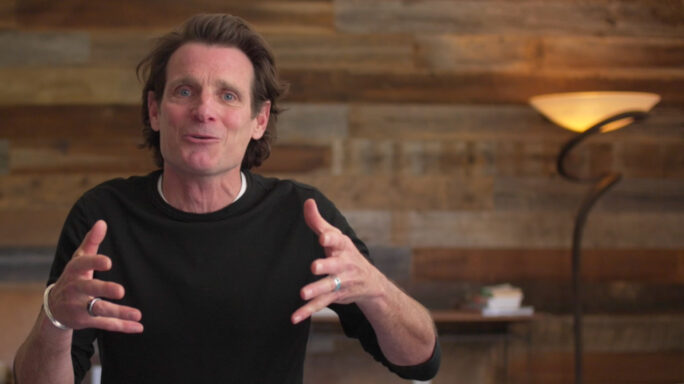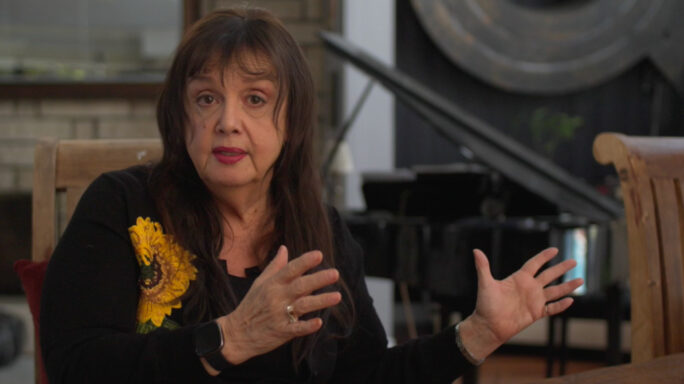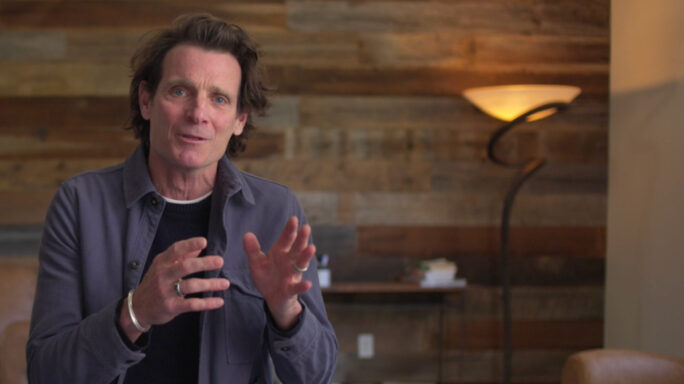Season 1: Finding and keeping great people
Why culture add is the future of finding and retaining employees

The quest to minimize hiring bias has revealed many ways that we have been allowing unconscious bias to creep in via sly and unrealized ways. One such practice is the ever-popular “cultural fit” approach to selecting employees who seem like a natural choice for an organization. What we often didn’t realize when hiring through this lens was that we were building homogeneous workforces.
It was ingrained in hiring leaders to vet candidates based on their similarities to the organizational culture. As a result, interactions are skewed with an undercurrent of, “Are you like us? Do you think, work, and look like the others in this department?” Instead, the entire process should be geared to find out, “How are you different? What can you add that’s unique? What in your background may shake things up and offer progress?”
I find this shift extremely refreshing. It challenges hiring managers and overall leadership to desire change and diversity instead of the comfort of, “she’s just like us – what a great find!” Hiring for “culture add” can bring the game-changing innovative talent that organizations are looking for but often miss because of a focus on “culture fit.”
Opening up to the world
Culture add means that companies are willing to step outside their comfort zone and hire those who don’t look like us or talk like us. It also means that they will take the time to understand the value of hiring diverse thinkers and try to capitalize on opportunities to stretch the organization’s thinking.
Our evolving view on remote workers also lends itself to this approach. Culture-add hiring opens the candidate pool to people who live in faraway places. Historically, candidates in rural Iowa or South America simply didn’t make the cut for a company headquartered in Seattle. We are facing an unprecedented opportunity (due to a worldwide swing to remote work) to hire talent from anywhere. These different-than-us employees can offer cultural differences, insights and ideas that drive innovation.
Diversity and inclusion leaders are strong drivers for this shift, and hopefully they are leading the charge in educating others about how the culture-add philosophy offers promise and profit. But the onus is on all of us – from the CEO to the hiring manager – to believe that seeking candidates who break the status quo is a superior practice to finding people who meet the status quo.
Here are some tips:
● Top-down messaging must exist about WHY it is important to challenge thinking about “sameness” early in the process. Through intentional conversations and modeling, leaders need to illustrate the importance of this paradigm shift. The message should ring clear as a benefit to everyone. Diversifying what people bring to the table supports a culture committed to improvement.
An article, Don’t Hire for Culture Fit from SHRM, states, “Hiring for culture fit is among the most widespread and exclusionary hiring practices today. When you’re hiring for a fit—given that most companies in Western countries are led by white men—by default, you’re hiring for sameness.”
● Think about the connection between culture add, belonging and retention. Most of us know that employees who align with a company’s values and fit into the culture generally have higher job satisfaction, improved job performance and, frankly, stick around longer. However, we are resting on our laurels if we use this as our rationale for continuing to use the culture fit model.
When we opt to diversify our workforce, it is then important to create belonging in new ways that incorporate our differences, so people are comfortable and want to stay. This is one of the many keys to a great employee experience.
● Seek and accept those who challenge your thinking. Reshape conversations to find out how candidates think differently, not similarly. This is harder than it sounds, requiring some conditioning and practice for anyone who has ever used the culture fit model – even subconsciously. Looking inward at how we can change, adapt and innovate is harder than status-quo thinking, yet this is where progress and success lie.
For example, as brands expand their reach to new demographics of buyers, it’s important to hire people who can identify with evolving buying audiences. This means hiring people who have life experiences that align with new and different purchasing populations. This is extremely impactful when filling roles focused on product creation and advancements, as well as customer-facing positions.
I am enthusiastic about how the culture-add movement will build more diverse workforces and heighten excitement about our differences. Whether it’s someone who looks dissimilar than you, lives in a foreign country, or brings a different skill set or mindset, embrace them! Think about times in your life when you had no idea what you were missing – until it was revealed. This is the case in seeking, vetting, hiring and retaining people who are a culture add, especially to a homogeneous environment.





Leave a comment